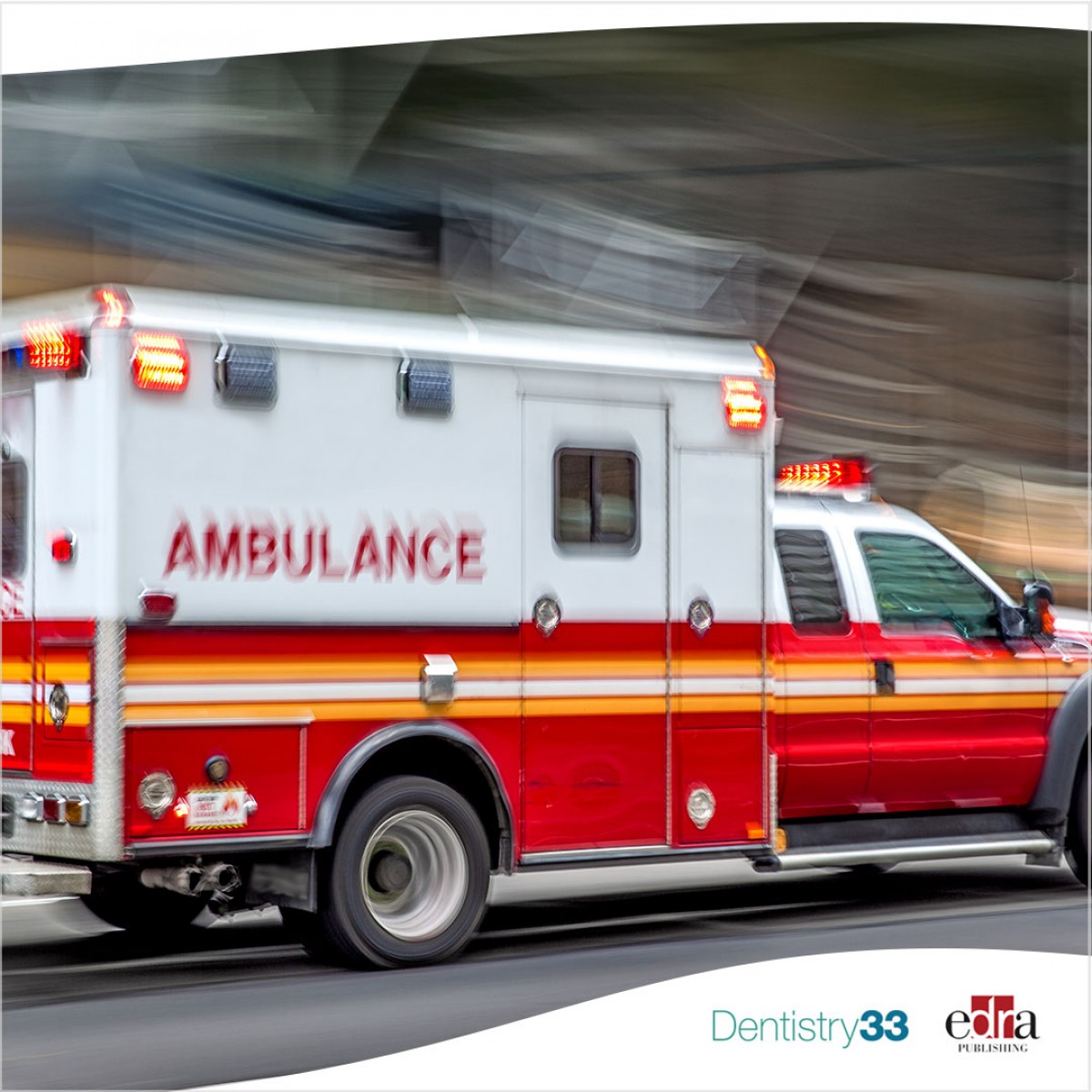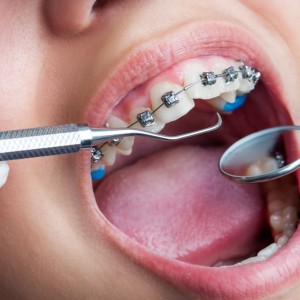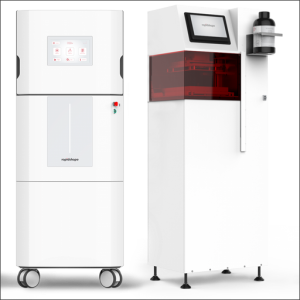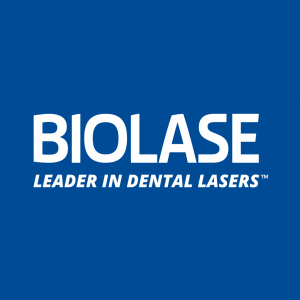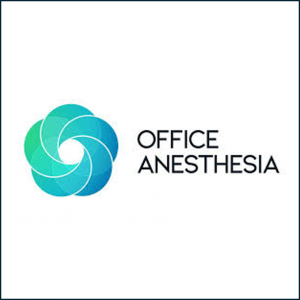
Interfacility emergency department transfer for midface fractures in the U.S.
Interfacility transfer for management of traumatic injuries has sharply increased over the past two decades. This trend began in the early 21st century when severely injured patients expediently transferred to a level I trauma center were noted to have improved outcomes. Transfer rates began to increase, although the benefits of escalating to a higher level of care for those with less severe injuries was not as apparent. This was especially noted in the context of isolated maxillofacial fractures, which even today remain among the most frequently transferred injuries despite rarely requiring emergent operative treatment or inpatient admission.
There is little in the published literature addressing the incidence or utility of interfacility transfer for isolated maxillofacial fractures. To date, existing studies have been limited by small, single institution cohorts or only assessed maxillofacial injuries as a minor component of a broader analysis. The decision to initiate transfer is complex but thought to be driven by a need to rule out head or cervical spine injuries, obtain maxillofacial specialist evaluation, or both.
Socioeconomic status may also influence decision to transfer. Regardless, some authors have suggested that most transfers for maxillofacial injuries are unnecessary as the majority of patients are discharged from the recipient emergency department (ED) with no clinical indication for inpatient admission or intervention. These transfers thus consume ED resources, may delay evaluation of patients with more urgent medical problems, and cost millions of dollars in healthcare expenditures annually. An improved understanding of transfers for maxillofacial injuries could help reduce unnecessary escalations of care and mitigate healthcare expenditures. Unfortunately, the magnitude of this problem including basic information such as incidence of transfer remains unknown.
Purpose
Interfacility hospital transfer for isolated midfacial fractures is common but rarely clinically necessary. The purpose of this study was to generate nationally representative estimates regarding the incidence, risk factors, and cost of transfer for isolated midface fractures.
Methods
This was a retrospective cohort study using the Nationwide Emergency Department Sample 2018 to identify patients with isolated midface fractures. The primary predictor variable was hospital trauma center designation (Level I, Level II, Level III, and nontrauma center). The primary outcome variable was hospital transfer. Total ED charges were also assessed. Covariates were demographic, medical, injury-related and hospital characteristics. Researchers used descriptive, bivariate and multiple logistic regression statistics to evaluate the incidence and predictors of interfacility transfer.
Results
During the study period, there were 161,022 ED encounters with a midface fracture as primary diagnosis, of which 5,680 were transferred (3.53%). In an unadjusted analysis, evaluation at a nontrauma center, level III trauma center, nonteaching hospital and numerous demographic, medical, and injury-related variables were associated with transfer.
In the adjusted model, the strongest independent predictors for hospital transfer were evaluation at a nontrauma center, level III trauma center or level II trauma center, any Le Fort fracture, orbital floor fracture, history of cerebrovascular event and cervical spine injury.
The average ED charge per encounter was $7,206 ± 9,294 for a total nationwide charge of approximately $1.16 billion. Transferred subjects had total ED charges of $97 million, not including additional charges at the recipient hospital.
Conclusion
Isolated midface fractures are transferred infrequently, but given the high incidence have substantial healthcare costs. Predictors of transfer were mixed rather than clustered within one variable type, although it is likely that transfers are driven in part by lack of access to maxillofacial specialists given the predominance of hospital covariates. Programs evaluating necessity of transfer and facilitating specialist evaluation in the outpatient setting may reduce healthcare expenditures for these injuries.
Cameron C. Lee et al. "Interfacility Emergency Department Transfer for Midface Fractures in the United States." Journal of Oral and Maxillofacial Surgery. 22 October 2022. DOI:https://doi.org/10.1016/j.joms.2022.10.010
 Read more
Read more
Orthodontics 28 October 2025
The relationship between odontogenic bacteraemia and orthodontic treatment procedures
The purpose of this research was to estimate the prevalence and intensity of bacteraemia associated with orthodontic treatment procedures.
Editorials 28 October 2025
Third Annual Haptics Competition Puts Students’ Dental Skills to the Test
Diana Torosyan (DDS ’28) takes home top honors in competition that expanded for the first time to include University of North Carolina dental students.
Dentsply Sirona, the world’s largest diversified manufacturer of professional dental products and technologies, and Rapid Shape, a leading innovator in German-engineered dental 3D printing...
News 28 October 2025
BIOLASE, the global leader in dental laser technology, will present a major advancement in periodontal care during the American Academy of Periodontology (AAP) 2025 Corporate Forum in Toronto,...
News 28 October 2025
From advancing the specialty of office-based anesthesia through the medical/dental fields as a whole, ranging from procedures to technologies being implemented now and in the future, Office...


